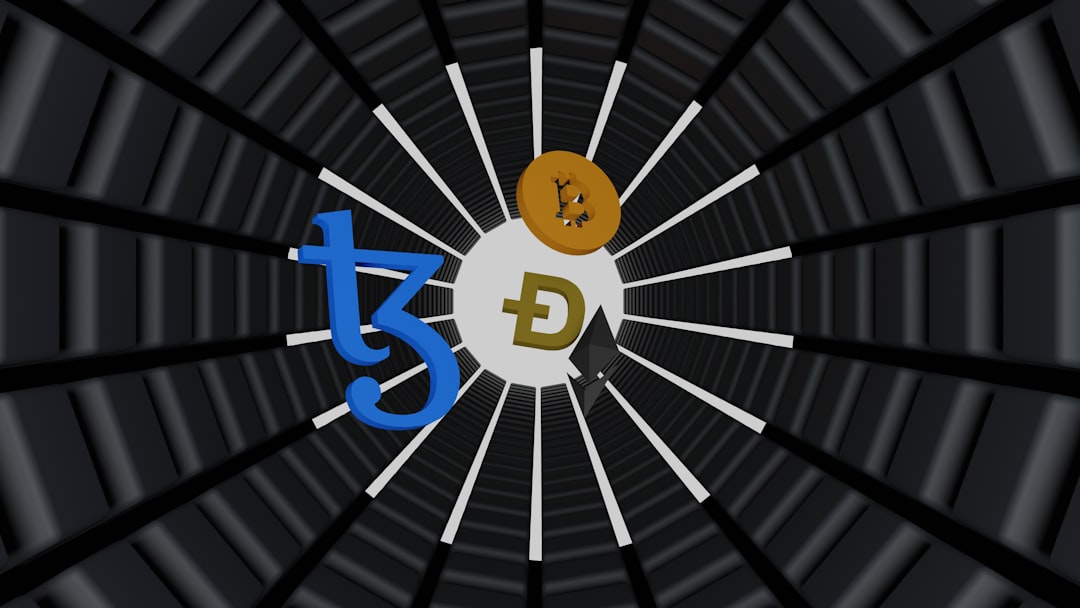Discord has grown to become one of the leading platforms for community building, especially among gaming enthusiasts, developers, and hobbyist communities. However, what truly powers its interactivity are bots — programs that automate tasks, play music, moderate content, or integrate with outside applications. Creating your own Discord bot is surprisingly achievable, even for beginners. In this guide, we’ll walk you through every step necessary to build your own Discord bot from scratch.
Step 1: Set Up Your Development Environment
Before you start writing code, make sure your local environment is set up properly. Here’s what you’ll need:
- Node.js: Discord bots are often built using JavaScript with Node.js. Download it from the official Node.js website.
- A Code Editor: We recommend Visual Studio Code for its excellent support for JavaScript and Node.js.
- Basic Knowledge of JavaScript: While you don’t need to be an expert, having a basic grasp of JavaScript concepts such as variables, functions, and objects is highly useful.
Once Node.js is installed, verify it by running:
node -v
npm -vThis will confirm that both Node.js and its package manager, npm, are operational and ready to use.
Step 2: Create a New Discord Application
To create a bot, you need to register an application in Discord’s developer portal:
- Visit Discord Developer Portal.
- Click on “New Application” and give it a name.
- Go to the “Bot” tab and click “Add Bot”, then confirm your choice.
This will create a bot user that you can configure. Save the Token provided. This token acts as your bot’s password—never share it with anyone.

Step 3: Invite the Bot to Your Server
Now that the bot exists, you’ll need to invite it to your server:
- In the developer portal, go to the OAuth2 tab.
- Under OAuth2 URL Generator, select scope: bot.
- Under Bot Permissions, select the needed permissions (for example: Send Messages, Read Message History, Administrator).
- Copy the generated URL and open it in your browser.
- Select your server and authorize the bot.
If everything went well, your bot will now appear as a participant in your server, though it won’t do anything yet.
Step 4: Set Up Your Bot Project
Create a new folder for your bot and initialize a Node.js project:
mkdir my-discord-bot
cd my-discord-bot
npm init -yNext, install the Discord.js library, which makes it easier to interact with the Discord API:
npm install discord.jsStep 5: Write Your First Bot Script
Now, let’s write a simple JavaScript file to create a bot that replies when you send a specific message. Create a new file called index.js and add the following code:
const { Client, GatewayIntentBits } = require('discord.js');
const client = new Client({ intents: [GatewayIntentBits.Guilds, GatewayIntentBits.GuildMessages, GatewayIntentBits.MessageContent] });
client.once('ready', () => {
console.log('Bot is online!');
});
client.on('messageCreate', message => {
if (message.content === '!hello') {
message.channel.send('Hello, world!');
}
});
client.login('YOUR_BOT_TOKEN');
Important: Replace YOUR_BOT_TOKEN with the token from your Discord developer portal.
To run your bot, execute:
node index.jsIf successful, you should see “Bot is online!” in the terminal, and sending !hello in the Discord channel will trigger a response.
Step 6: Keep Your Bot Token Safe
Your bot token grants access to your bot’s functionalities. If it leaks, someone could hijack your bot for malicious purposes. To protect it:
- Do not commit your token to public repositories (e.g., on GitHub).
- Use environment variables or a configuration file to store sensitive data.
Example with environment variables:
// .env file
DISCORD_BOT_TOKEN=your_token_here
// index.js
require('dotenv').config();
client.login(process.env.DISCORD_BOT_TOKEN);
Step 7: Add More Features
Once your bot is working, it’s time to expand its capabilities. You can:
- Respond to multiple commands (e.g.,
!help,!ping). - Implement error handling.
- Use role-based access control.
- Fetch content from APIs or databases.
Example of a command handler:
client.on('messageCreate', message => {
const prefix = '!';
if (!message.content.startsWith(prefix) || message.author.bot) return;
const command = message.content.slice(prefix.length).trim().toLowerCase();
if (command === 'ping') {
message.channel.send('Pong!');
} else if (command === 'help') {
message.channel.send('Available commands: !hello, !ping, !help');
}
});
Step 8: Hosting Your Bot
Running your bot locally is fine for testing, but for it to be online 24/7, you’ll need to host it on a server. Some common hosting options include:
- Replit: Beginner-friendly, free, and allows persistent hosting with the right setup.
- Heroku: Easy to deploy apps from GitHub but may require maintenance.
- VPS (like DigitalOcean or Linode): Offers full control but requires more technical knowledge.
Choose the platform that best suits your needs and skill level. Make sure you also consider auto-restart and uptime monitoring, for example using PM2 or external uptime services.
Step 9: Secure and Maintain Your Bot
Security is critical. Here are a few tips:
- Use environment variables for tokens and keys.
- Validate user inputs to prevent abuse.
- Keep dependencies updated to fix known vulnerabilities.
Also, monitor usage and log errors to troubleshoot problems. As your bot becomes more complex, organizing your code by features or commands will make maintenance easier over time.
Conclusion
Creating your own Discord bot is not only a fun technical challenge but also a practical path for learning JavaScript, API interactions, and bot architecture. By following this guide, you’ve walked through setting up your environment, registering a bot, writing code, and deploying it. The journey doesn’t stop here—there’s a vast world of APIs, integrations, and advanced Discord.js features for your bot to explore.
Whether you’re building something for personal amusement or for community management, you now have the foundational skills to make your bot idea come to life. Continue expanding its abilities, learning from the developer community, and contributing to the dynamic ecosystem of Discord bots.
